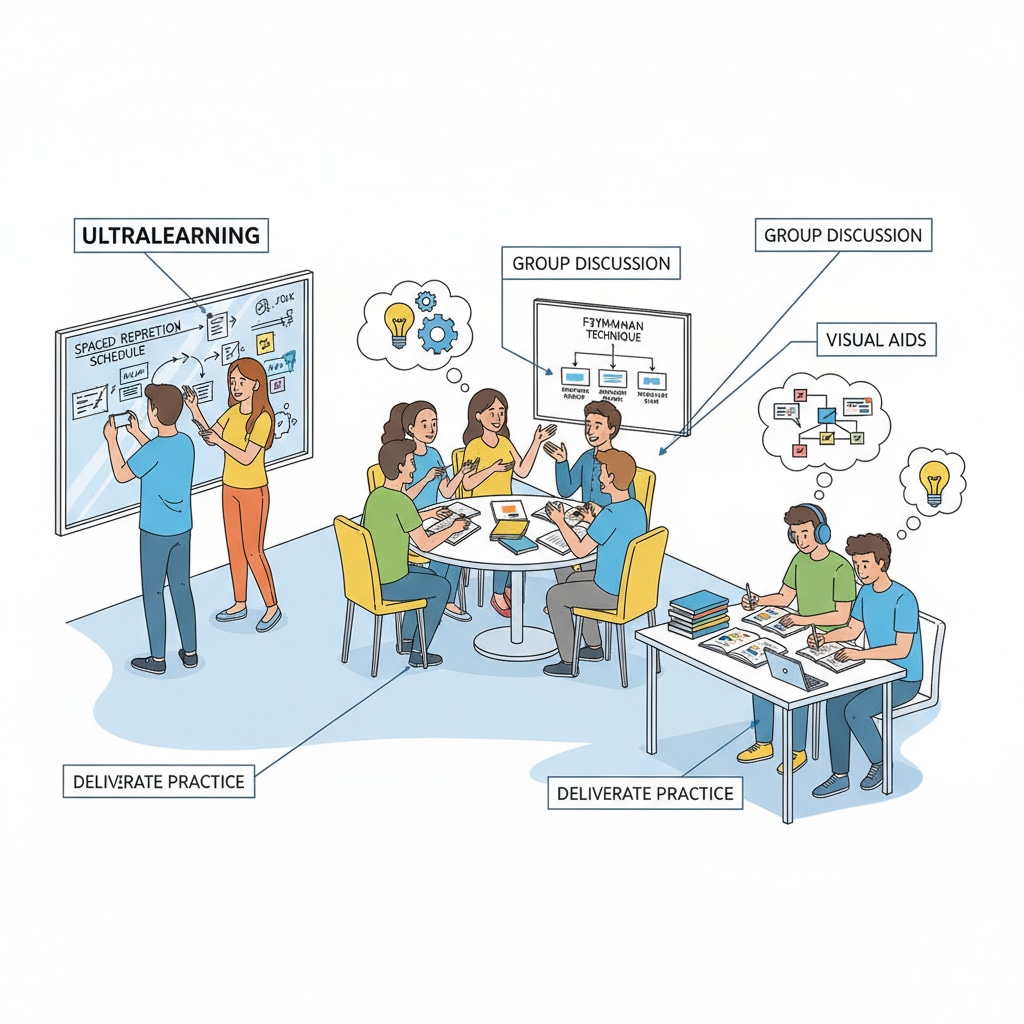Learning methods, deep learning, and self-learning skills are crucial elements for K12 students’ educational journey. In today’s exam-oriented education system, K12 students frequently aim for short-term memory and rapid problem-solving, overlooking the essence of true deep learning. However, Ultralearning offers a set of nine powerful strategies that can reshape the way students learn.

The Concept of Ultralearning
Ultralearning is not just another learning fad. It represents a systematic approach to self-directed learning. It emphasizes taking control of one’s learning process, going beyond rote memorization. As defined by Wikipedia, Ultralearning involves intense, self-driven study to master a skill or knowledge area. For example, instead of simply reading a textbook for a test, students using Ultralearning will actively engage with the material, seeking to understand it comprehensively.
Application in K12 Education
Applying Ultralearning in K12 education can have profound impacts. Firstly, it helps students develop self-awareness about their learning styles. For instance, some students may realize they learn better through visual aids, while others prefer hands-on activities. Secondly, it encourages deep thinking. By delving into subjects, students can make connections between different concepts. Britannica also emphasizes the importance of such active learning in educational development.

The nine strategies of Ultralearning include pre-thinking, where students set clear goals before starting a learning task. Another strategy is directness, focusing on the most relevant aspects of the subject. Retrieval practice, which involves testing oneself regularly, helps solidify knowledge. In addition, spaced repetition ensures that learning is revisited at optimal intervals for better retention.
Readability guidance: These strategies are presented in a clear and concise manner. Each point builds on the previous one, with transition words like ‘firstly’,’secondly’, and ‘in addition’ used to enhance the flow. Short paragraphs and simple language make the content accessible to a wide audience.


